Throughout the course of this first project, there were so many things that I could have done better on or simply just prevented. I didn’t have all of the required materials, and I definitely didn’t use my time wisely. Even though I didn’t perform my best, there’s still a lot that I got out of this project. For example, I learned how to use Photoshop on a more advanced level. In addition to this, I learned how important it is to pay attention to even the smallest of details. When it comes to figure ground relationships, there are several things that can alter the way a person sees the image. Even if you see it in a certain way, there is no way to say that another person will see it as well. Even filling in the figure a specific way can mess with the original image and what you see. Just having an outline of the image creates a somewhat weak figure ground relationship but once the image is filled in properly, the image begins to pop out more so than usual. You have to be really careful when making either an ambiguous or obvious figure ground sketch. One of the main things that I’ve learned is that when rushing to get something done last minute, the work you produce isn’t as strong as it could have been. Time management is also a very important part of creating good pieces of art.
https://openlab.citytech.cuny.edu/schmerlerspevackfylcfa16/wp-admin/post.php?post=6604&action=edit
https://openlab.citytech.cuny.edu/schmerlerspevackfylcfa16/wp-admin/post.php?post=7322&action=edit
https://openlab.citytech.cuny.edu/schmerlerspevackfylcfa16/wp-admin/post.php?post=7297&action=edit
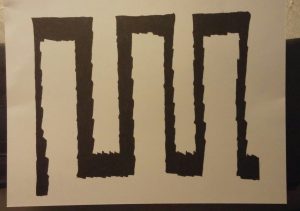
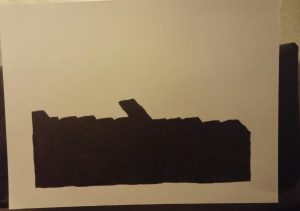
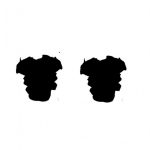
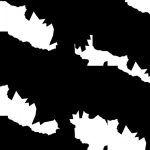
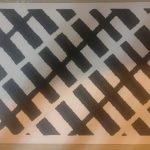
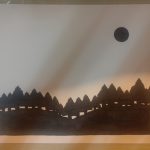
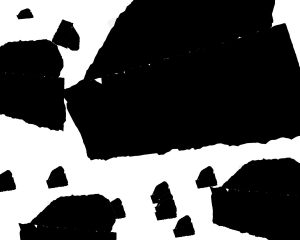

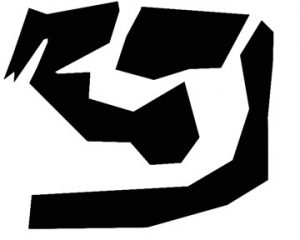

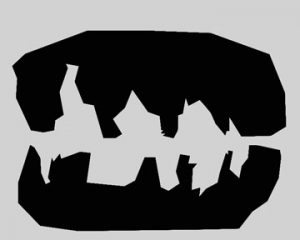
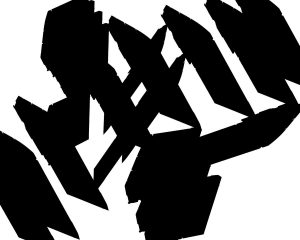



Recent Comments